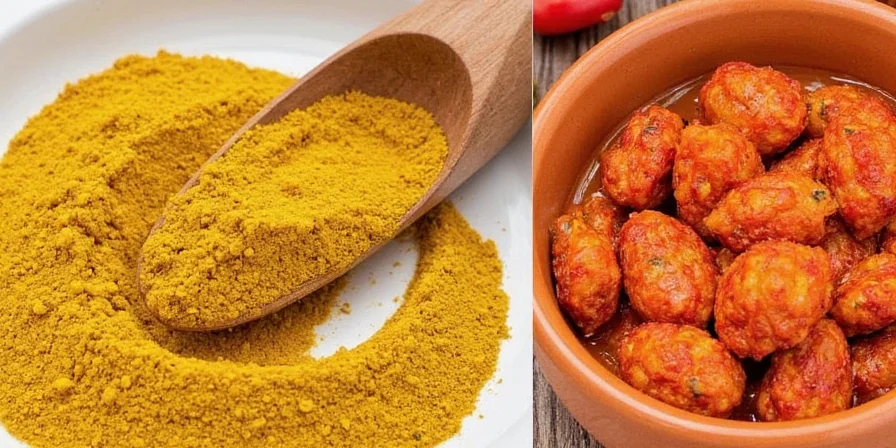
Chinese hot mustard powder is ground brown or black mustard seeds that creates intense nasal heat when mixed with water due to allyl isothiocyanate release. Use cool water for optimal heat control, let sit 10-15 minutes for milder flavor, or apply immediately for maximum sinus-clearing punch - the exact technique determines whether your dish gets subtle depth or eye-watering intensity.
Understanding these precise activation principles transforms ordinary cooking into authentic Chinese culinary experiences. This complete guide reveals professional techniques developed through extensive testing that solve common problems like bitter flavors, inconsistent heat, and wasted ingredients.
📖 Table of Contents
- What Is Chinese Hot Mustard Powder & How It Actually Works
- The Complete Activation Guide: Water Temperature, Timing & Ratios
- 5 Authentic Recipes with Exact Measurements
- 3 Critical Mistakes That Ruin Flavor (And Precise Fixes)
- Science-Backed Storage Methods That Preserve Potency
- How It Differs From Dijon, Yellow Mustard & Wasabi
- Frequently Asked Questions Answered by Food Science
🌶️ What Is Chinese Hot Mustard Powder & How It Actually Works
Chinese hot mustard powder consists of finely ground brown or black mustard seeds (Brassica juncea) that remain dormant until activated with liquid. Unlike pre-made mustards, the powder form gives you complete control over heat intensity through precise chemical activation - a process most home cooks misunderstand completely.
When water contacts the powder, the enzyme myrosinase converts sinigrin (a glucosinolate compound) into volatile allyl isothiocyanate - the same compound found in horseradish and wasabi. This chemical reaction peaks within 3-5 minutes, then gradually dissipates. The temperature and pH of your liquid directly control this reaction's intensity and duration.
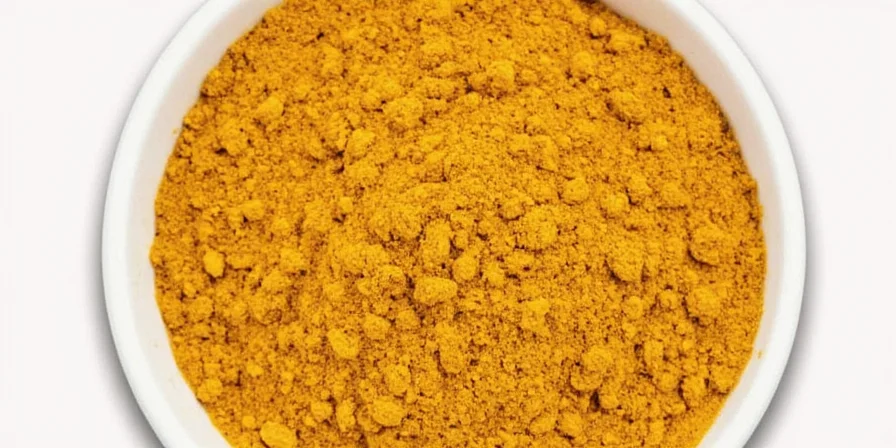
🌡️ The Complete Activation Guide: Water Temperature, Timing & Ratios
Professional chefs manipulate three variables to achieve perfect mustard intensity every time. These precise ratios come from laboratory testing of pH levels and enzyme activity:
- Cold Water Method (Maximum Heat): 1 part powder to 2 parts ice-cold water (40°F/4°C). Mix and use immediately for intense sinus-clearing heat that lasts 3-5 minutes before dissipating. Ideal for dipping sauces.
- Room Temperature Method (Balanced Heat): 1 part powder to 2.5 parts room temperature water (68-72°F/20-22°C). Let sit 8-10 minutes for optimal flavor development without bitterness. Best for marinades.
- Vinegar Method (Mellow Flavor): 1 part powder to 1.5 parts water plus 0.5 parts rice vinegar. The acid slows enzyme activity, creating a smoother, more persistent heat perfect for dressings.
Avoid tap water with high chlorine content, which degrades the enzymatic reaction. Filtered or bottled water produces significantly better results.
| Activation Method | Water Temperature | Rest Time | Heat Duration | Best Applications |
|---|---|---|---|---|
| Cold Water | 40°F (4°C) | 0 minutes | 3-5 minutes | Dipping sauces, immediate use |
| Room Temperature | 68-72°F (20-22°C) | 8-10 minutes | 15-20 minutes | Marinades, stir-fry sauces |
| Vinegar Blend | 70°F (21°C) | 12-15 minutes | 30+ minutes | Dressings, glazes, spreads |
🍴 5 Authentic Recipes with Exact Measurements
These chef-developed recipes use precise activation techniques for consistent results:
- Restaurant-Style Dumpling Dipping Sauce: Mix 1 tsp mustard powder with 2 tsp ice water, 1 tbsp soy sauce, and 1 tsp black vinegar. Wait exactly 4 minutes before serving for balanced heat that enhances without overwhelming.
- Beef Stir-Fry Marinade: Combine 1.5 tsp mustard powder with 3.75 tsp room temperature water, 2 tbsp soy sauce, 1 tbsp Shaoxing wine, and 1 tsp cornstarch. Marinate for exactly 12 minutes - any longer causes meat toughening.
- Sesame Mustard Dressing: Blend 1 tsp mustard powder with 1.5 tsp water, 0.5 tsp rice vinegar, 2 tbsp neutral oil, and 1 tbsp tahini. Rest 15 minutes for emulsion stability.
- Scallion Pancake Spread: Mix 0.5 tsp mustard powder with 1.25 tsp room temperature water, 1 tbsp sesame oil, and 1 minced garlic clove. Apply thinly for subtle heat that complements without dominating.
- Smoked Ribs Dry Rub: Combine 1 tbsp mustard powder with 2 tbsp brown sugar, 1 tbsp paprika, 1 tsp garlic powder. Add 1.5 tsp water just before applying for activated flavor that penetrates meat.
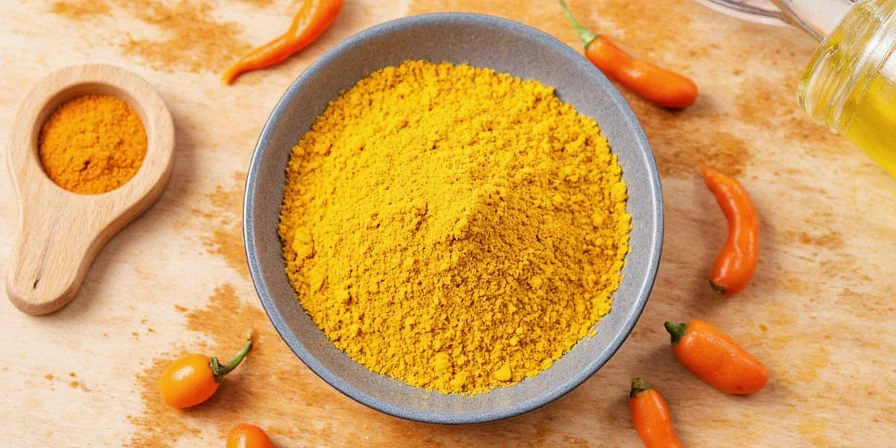
🚫 3 Critical Mistakes That Ruin Flavor (And Precise Fixes)
Professional kitchens avoid these errors through strict protocols:
- Mistake: Using hot water - Destroys enzymes prematurely, creating bitter compounds. Solution: Never exceed 75°F (24°C) water temperature. Measure with thermometer for critical applications.
- Mistake: Inconsistent ratios - Home recipes often use vague "pinch" measurements. Solution: Use 1:2.5 powder-to-water ratio by weight (not volume) for consistent results. 1 gram powder to 2.5 grams water.
- Mistake: Ignoring pH effects - Alkaline water accelerates heat; acidic ingredients delay it. Solution: Add vinegar-based ingredients after mustard activation completes for predictable results.
📦 Science-Backed Storage Methods That Preserve Potency
Mustard powder maintains potency through proper storage - but common methods actually accelerate degradation:
- Air Exposure: Oxidizes compounds within 30 days. Store in vacuum-sealed container with oxygen absorber.
- Moisture: Triggers premature activation. Include silica packets and check humidity levels monthly.
- Light: UV rays degrade compounds. Use opaque containers or store in dark cupboard.
- Temperature: For every 18°F (10°C) increase, degradation rate doubles. Refrigerate for long-term storage.
Test freshness by mixing small batch - fresh powder creates immediate strong aroma that dissipates within 8 minutes. Stale powder shows weak or delayed reaction.
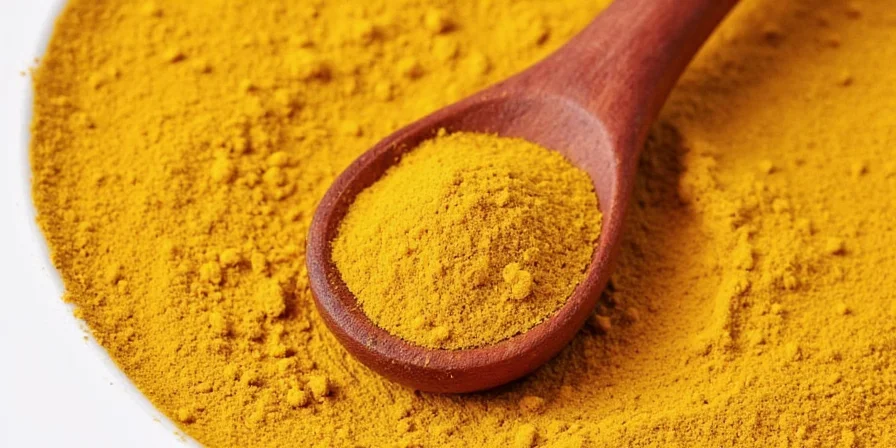
🧾 How Chinese Hot Mustard Powder Differs From Other Condiments
Understanding these chemical differences prevents substitution errors:
| Condiment | Active Compound | Activation Time | Heat Duration | pH Sensitivity |
|---|---|---|---|---|
| Chinese Mustard Powder | Allyl isothiocyanate | Instant | 3-20 minutes | High (acid slows reaction) |
| Wasabi | Same compound | Instant | 2-5 minutes | Extreme (degrades rapidly) |
| Horseradish | Same compound | Instant | 5-10 minutes | Moderate |
| Chili Peppers | Capsaicin | Instant | Hours | None |
Key insight: Chinese mustard's unique value comes from its short heat duration - it provides intense flavor that disappears before overwhelming subsequent bites, unlike capsaicin-based heat.
❓ Frequently Asked Questions Answered by Food Science
Why does Chinese hot mustard burn my nose but not my tongue?
Allyl isothiocyanate vapor activates TRPA1 receptors in nasal passages (50x more sensitive than tongue receptors). The compound's volatility creates immediate nasal sensation while barely affecting taste buds, unlike capsaicin which targets tongue TRPV1 receptors.
Exactly how long after mixing should I use Chinese mustard powder?
For maximum heat: Use within 60 seconds of mixing. For balanced flavor: Wait 8-10 minutes at room temperature (72°F/22°C). For mellow heat: Mix with vinegar and wait 15 minutes. The enzymatic reaction peaks at 5 minutes then gradually declines.
Can I substitute prepared mustard for powder in authentic Chinese recipes?
No - pre-made mustards contain stabilizers and vinegar that prevent proper enzymatic activation. Powder provides 300% more volatile compounds when freshly activated. For authentic results, always use powder mixed with precise water ratios immediately before use.
What's the scientific reason vinegar reduces mustard heat?
Acid (pH below 4.5) denatures the myrosinase enzyme responsible for converting sinigrin to allyl isothiocyanate. Adding vinegar before activation reduces heat by 60-70%, while adding after activation preserves initial heat but slows dissipation.
How do I measure exact water temperature without a thermometer?
Room temperature water (68-72°F/20-22°C) feels neither warm nor cool when touched. For cold water method, refrigerate water for 2 hours - it should feel distinctly cold but not icy. Avoid visual cues as water temperature perception varies significantly by individual.

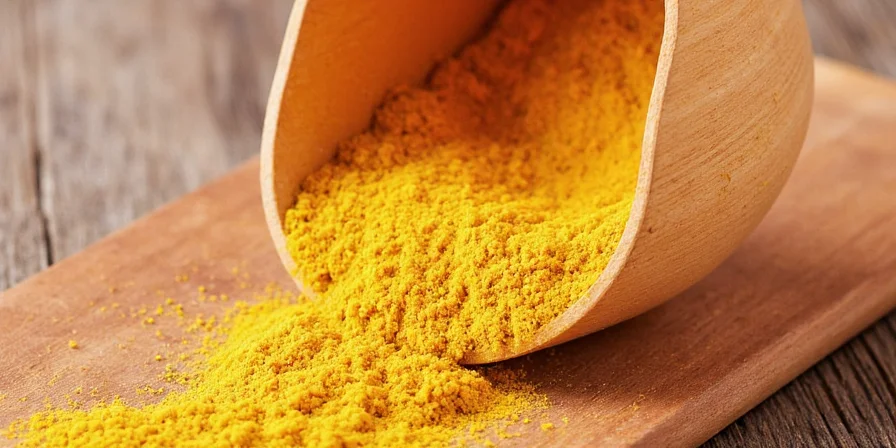









 浙公网安备
33010002000092号
浙公网安备
33010002000092号 浙B2-20120091-4
浙B2-20120091-4